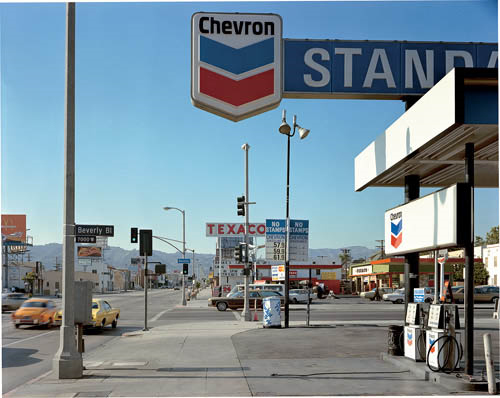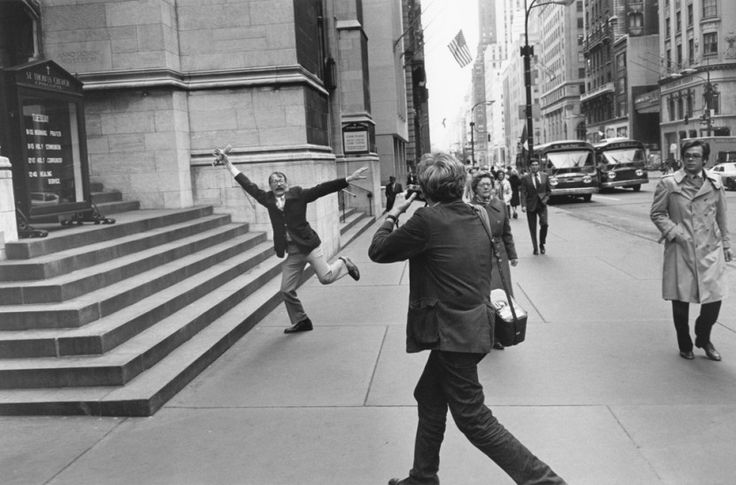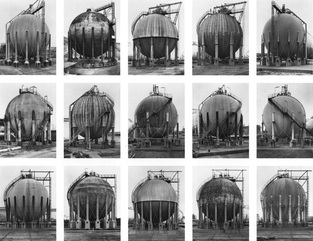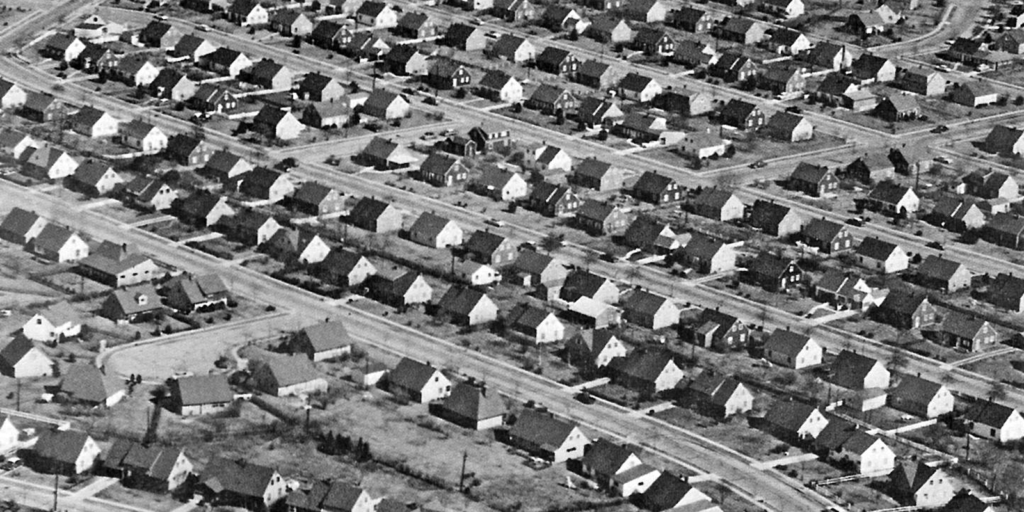What was The New Topographics?

The New Topographics was a term created by William Jenkins in 1975. This term described American photographers (including Robert Adams and Lewis Baltz). These photographers had a similar banal aesthetic (art described such as things than are unoriginal, obvious and boring in the general public eye). These “new Topographics” signaled a radical shift away from traditional depictions of landscape, topography is always changing and being reshaped through the power of weathering, erosion as well as deposition. The Topographics caused an emergence of an absolute new approach to the landscape as well as it demonstrated the influence of Conceptualism and Minimalism in the 1970s in photography.

May of the photographers such as Robert Adams, Stephen Shore, Lewis Baltz etc. associated and inspired by the man made, selecting subject matter that was matter of fact. Car parks, the suburban housing and the warehouses were all depicted by the stark severity which looked beautiful, almost in a way how early photographers documented the natural landscapes. The suburban sprawl was also presented as well as the everyday scenes we usually don’t give a second glance at.

https://www.kierangosney.com/blog/new-topographics-a-short-history
An exhibition at the International Museum of Photography in Rochester, New York which featured these photographers also revealed the growing unease about how the natural landscape was being eroded by industrial development, both highlighting then the natural and manmade features.
The New Topographic reflection was also due to the the post-war consequences. The post-war America struggled with:

- Inflation
- Isolation and mental health issues among many.
- Lack of road networks and distanced and vast length of range
- Baby boom (result of lost time, veterans millions of them soon married and starting families)
- Suburbia being a big factor (the outer parts of a town, where there are houses, but no large stores, places of work, or places of entertainment)
